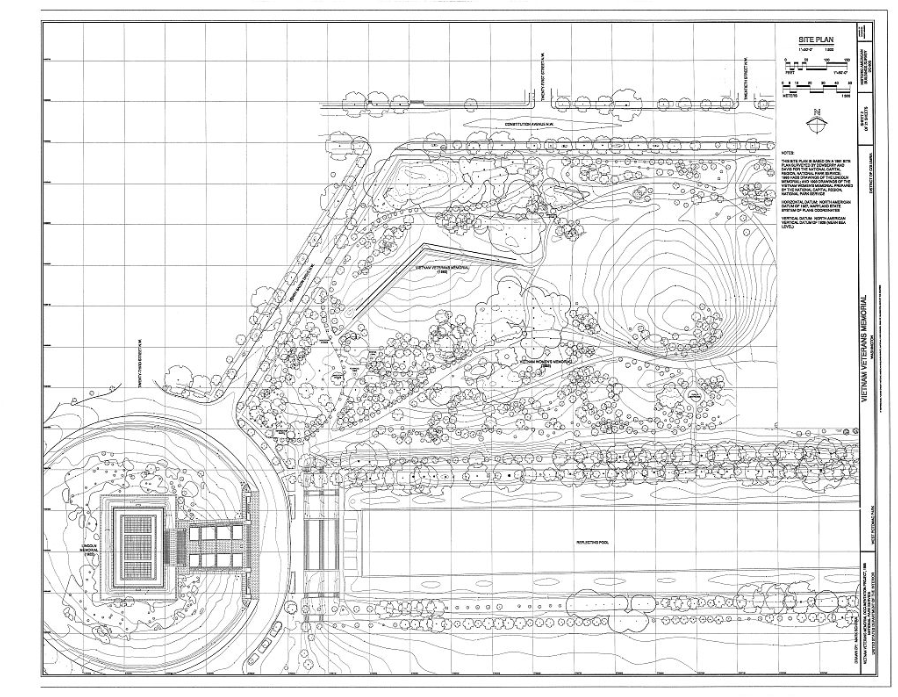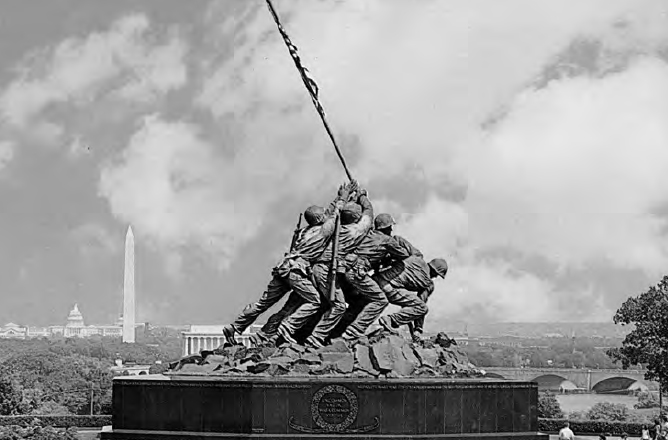The Vietnam War Memorial: How Maya Lin Revolutionized Memorial Design
The Need for a Vietnam War Memorial
The Vietnam War (1954-1975) was a devastating conflict between Communist North Vietnam and US-allied South Vietnam. The United States' involvement, stemming from the urge to stop the spread of Communism, was controversial—it was the most unpopular war in American history.

Photo by Patrick Christain, Getty Images.
American soldiers in South Vietnam, 1967.
By the end of the war, over three million people had died: more than half of them Vietnamese civilians. Additionally, more than 58,000 Americans died and over 300,000 were left wounded.
In 1978, Vietnam veteran Jan Scruggs felt there needed to be more respect for veterans and penned a petition for a Vietnam War Memorial.
“There was the feeling that it was time to forget about [the war] and move on, which made perfect sense, but as a combat veteran I could not allow them to forget the veterans. I decided that my mission in life was to build the National Vietnam Veterans memorial with the names of those who had given their lives and to try to put it on the Mall in Washington D.C.”
~ Jan Scruggs
Gradually, it was brought to the attention of the national government, and by 1980 the plans for the memorial passed through Congress with an overwhelming majority. The location: the National Mall. The designer: to be determined by a nationwide competition.

Photo from Library of Congress.
The original site plan for the memorial.
For Maya Lin, the politics of the Vietnam War were second to the footprint it left on the nation. Throughout the many hearings that the project endured, she emphasized that she wasn’t taking a political stance, she was making a memorial to honor the dead.

Photo by Felix DeWeldon.
The Marine Corps War Memorial, commemorating the battle of Iwo Jima, 1954.
Previous memorials, such as American Civil War memorials and the Marine Corps War Memorial, emphasized nationalism and heroism. Lin had a different take that encouraged mourning and individual remembrance. In a 2000 interview, she puts it this way:
Video from Academy of Achievenment.